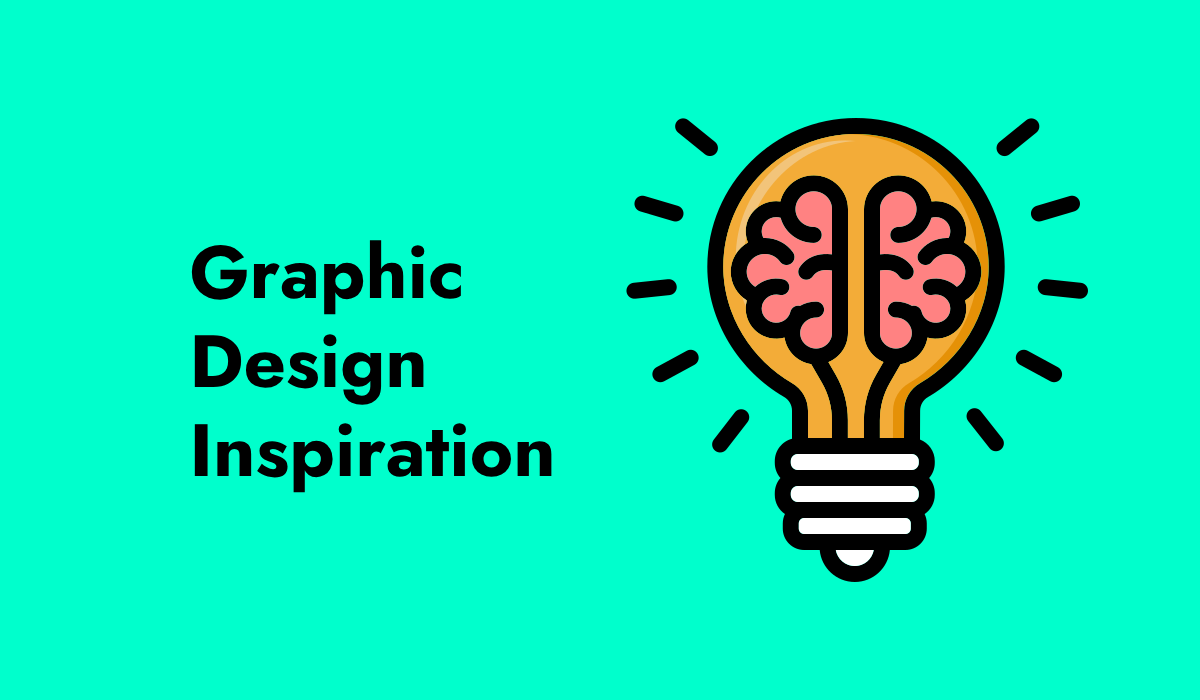Discover how to find logo design inspiration with our comprehensive guide for graphic design students. Learn about analyzing competitors, exploring design trends, effective brainstorming techniques, and the importance of research in creating unique and impactful logos.
Creating a logo is a crucial step in building a brand’s identity. For graphic design students, finding inspiration for logo design can sometimes be challenging. This guide will help you discover various sources and methods to spark your creativity and develop unique logo designs. We’ll explore popular design trends, effective brainstorming techniques, and the importance of research in logo design.
Understanding Logo Design
Before diving into the creative process, it’s essential to understand what a logo is and its purpose. A logo is a symbol or graphic mark used to identify a company, product, or brand. It should be simple, memorable, and versatile, working well in different sizes and across various media. A great logo conveys the brand’s personality and values, making a lasting impression on the audience.
Analyzing Competitors’ Logos
One of the best ways to find inspiration is to analyze logos of competitors and other successful brands. Look at what makes these logos effective. Pay attention to elements like color schemes, typography, shapes, and symbols. Take notes on what works and what doesn’t. This analysis will help you understand current trends and avoid common pitfalls.
Exploring Popular Design Trends
Keeping up with design trends is essential for creating modern and relevant logos. Here are some popular logo design trends to consider:
- Minimalism: Simple, clean designs are timeless and versatile. Minimalist logos often use basic shapes and limited color palettes to create a strong visual impact.
- Vintage and Retro: Nostalgic designs that evoke memories of the past can be very appealing. Vintage logos often feature classic typography and muted color schemes.
- Hand-Drawn and Custom Illustrations: Unique, hand-drawn elements add a personal touch and stand out from mass-produced designs. Custom illustrations can make a logo feel more authentic and original.
- Geometric Shapes: Using geometric shapes can create a sense of order and precision. These logos often appear modern and sophisticated.
- Negative Space: Clever use of negative space can create hidden meanings or dual imagery in a logo. This technique adds an element of surprise and creativity.
Brainstorming Techniques
Coming up with fresh ideas can be difficult. Here are some effective brainstorming techniques to help you generate logo design concepts:
- Mind Mapping: Start with a central idea or keyword related to the brand and branch out with associated words, ideas, and images. This technique helps you explore different directions and connections.
- Sketching: Draw rough sketches of your ideas. Don’t worry about perfection at this stage; the goal is to get your thoughts on paper. Sketching can help you visualize concepts and refine them.
- Word Association: Write down words related to the brand and its values. Think about how these words can be represented visually. This method can lead to unexpected and creative logo concepts.
- Mood Boards: Create a collection of images, colors, fonts, and other design elements that inspire you. A mood board helps you see how different components work together and sets the tone for your logo design.
The Importance of Research
Research is a crucial part of the logo design process. Understanding the brand, its target audience, and its industry will help you create a logo that resonates with the right people. Here are some research steps to follow:
- Brand Research: Learn about the brand’s history, mission, values, and personality. This information will guide your design choices and ensure the logo aligns with the brand’s identity.
- Audience Research: Understand who the target audience is. Consider their preferences, interests, and demographics. A logo that appeals to the audience will be more effective and memorable.
- Industry Research: Look at logos from the same industry to see what works and what doesn’t. Identify common themes and trends, but aim to create something unique that stands out.
Finding Inspiration
Inspiration can come from many sources. Here are some places to look for logo design inspiration:
- Design Websites and Blogs: Websites like Behance, Dribbble, and Pinterest are great platforms to see the work of other designers. Follow design blogs to stay updated on the latest trends and tips.
- Nature and Everyday Objects: Sometimes, the best ideas come from the world around us. Pay attention to shapes, patterns, and colors in nature and everyday objects.
- Art and Architecture: Explore different art styles and architectural designs. These fields often provide unique perspectives and creative solutions that can inspire your logo design.
- Historical and Cultural Symbols: Look into historical and cultural symbols for inspiration. These symbols can add depth and meaning to your logo design.
Refining Your Design
Once you have a few concepts, it’s time to refine your design. Here are some tips for the refinement process:
- Simplicity: Ensure your logo is simple and easy to recognize. Avoid overly complex designs that may not scale well.
- Versatility: Test your logo in different sizes and formats. It should look good on a business card, a website, and a billboard.
- Feedback: Seek feedback from peers, mentors, and potential users. Constructive criticism can help you improve your design.
- Polish: Make sure all elements are aligned, and the design is balanced. Pay attention to details like spacing, color consistency, and typography.
Creating a logo is both an art and a science. By understanding the fundamentals of logo design, analyzing competitors, exploring trends, and using effective brainstorming techniques, you can find the inspiration you need to create a memorable and impactful logo. Remember, the key to a great logo is simplicity, versatility, and alignment with the brand’s identity. Keep practicing and experimenting, and you’ll develop your unique style and approach to logo design.






